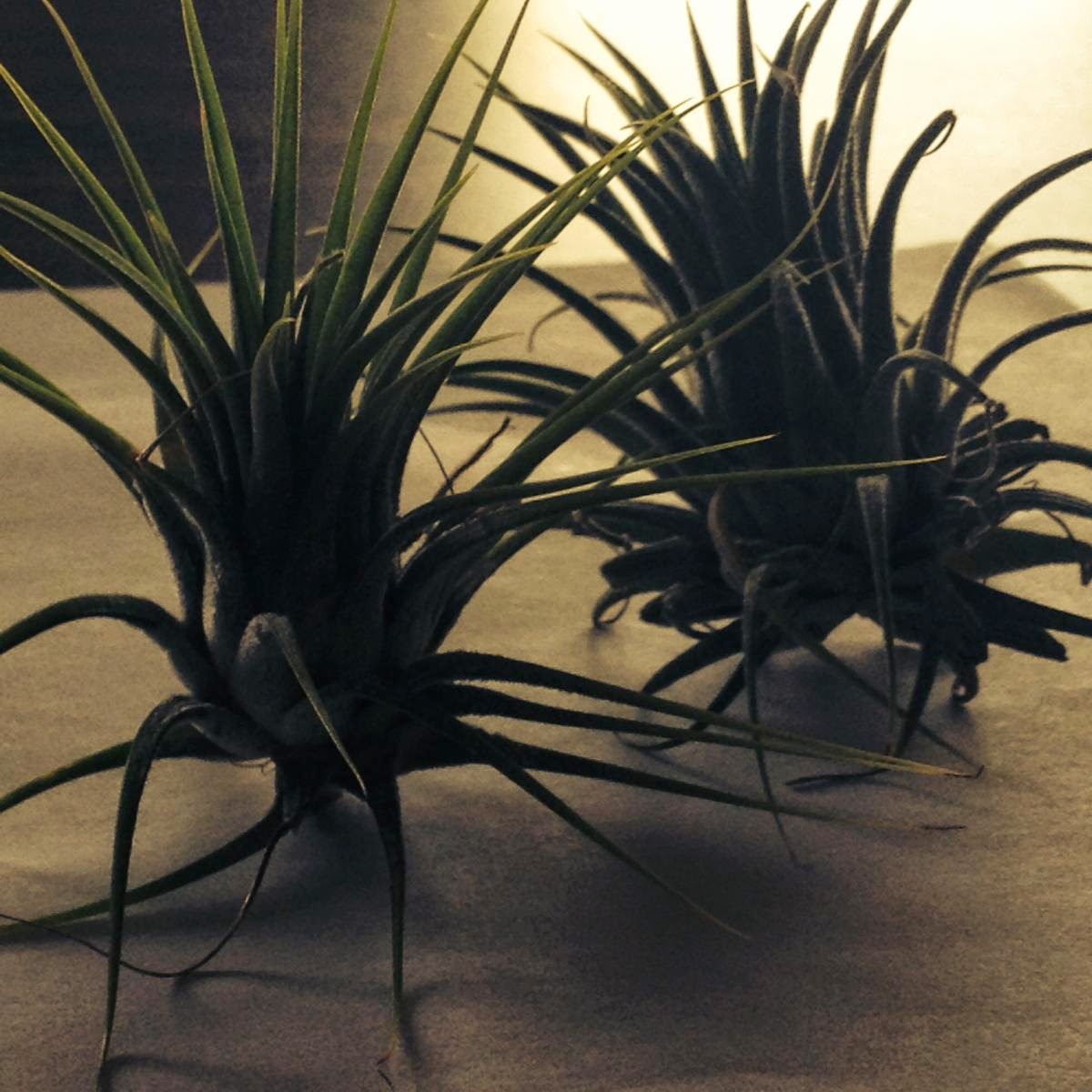BTG Interview
What is it that you do ?
"Any emergency or malfunction that comes up regarding technology we go and help."
Do you enjoy it ?
"Yes, because I understand the technological aspect of it and plus it's a very chill internship."
What time do you come in and leave ?
"I come in at 9:30am and I leave at 4pm. And there's also like no set time for lunch. Lunch is basically when ever we're not busy."
What do you enjoy the most about this internship ?
"It's usually very chill. It's been fairly easy this week. There was only a couple of really busy days."
What do you enjoy the least ?
"Nothing. I actually really like it."
What were the busy days and why did you do ?
"Monday was busy since it was my first day so I was being showed around. Wednesday was also a
very busy day since it was free admission day so there was a lot of malfunctions. We had to fix a touch screen at Congo and I just assisted and watched.
Who are you usually with ?
"On Monday, Tuesday and Friday I was with James and on Wednesday and Thursday I was with Joe. The time that I was with Joe it was mostly outside because he doesn't like being indoors in the office all day. So we were usually running around all day.
I was also able to ask his mentor, James, a few questions too.
When is it the busiest ?
"Summer weekends since people are usually like on vacations and stuff during the week. Winter weekdays since it's usually freezing outside and people would much rather stay inside. So I have to deal with setting up conference calls and stuff like that. There's also usually no in between. It's either super busy or super slow."
What are other things that you have to take are of ?
"I also have to deal with setting up weddings which is usually pretty hectic. In the years that I've been here there has probably been a wedding every weekend of every year in the months of like August to October."
It was actually really nice to be able to hang out with James and Lemuel for a couple hours and see what it is they actually do. I also got to find out some pretty interesting stuff. Who knew that people actually have their weddings in the Bronx Zoo..
During the interview, they had to go test something. We went to various locations and I was able to witness firsthand what they do.
 | |
| Lemuel testing out a microphone |
|
|
|
|
|
|
|
|
|
|
|
--D.P

 The Vale of Cashmere located along south Prospect Park used to look just like how it is in the picture. The breath-taking scenery with a grand fountain would bring joy to anyone. What was once and flowing pond filled with exotic fish and turtles down suffer under overgrown weeds. As we took a deeper look on the heritage of this area we were very surprised to find out that this area began to form 17,000 years ago when the Wisconsin glacier began to melt creating an 60 foot slope. Park designers Olmsted and Vaux began to modernized this area by putting the rose garden with giant pool of water filled with aquatic plants and little boats for children to play on. After being takenover by the Prospect Park Alliance, construction in this area began to disappear with the creation of playgrounds, Wollman's rink and the Prospect Park Zoo. Prospect Park eventually turned off all the water flowing to this area and maintenance was decreased. This led to an unkempt brush of twigs, weeds, grass and garbage.
The Vale of Cashmere located along south Prospect Park used to look just like how it is in the picture. The breath-taking scenery with a grand fountain would bring joy to anyone. What was once and flowing pond filled with exotic fish and turtles down suffer under overgrown weeds. As we took a deeper look on the heritage of this area we were very surprised to find out that this area began to form 17,000 years ago when the Wisconsin glacier began to melt creating an 60 foot slope. Park designers Olmsted and Vaux began to modernized this area by putting the rose garden with giant pool of water filled with aquatic plants and little boats for children to play on. After being takenover by the Prospect Park Alliance, construction in this area began to disappear with the creation of playgrounds, Wollman's rink and the Prospect Park Zoo. Prospect Park eventually turned off all the water flowing to this area and maintenance was decreased. This led to an unkempt brush of twigs, weeds, grass and garbage. 




.jpg)
.jpg)
.jpg)
.jpg)
.jpg)
.jpg)





